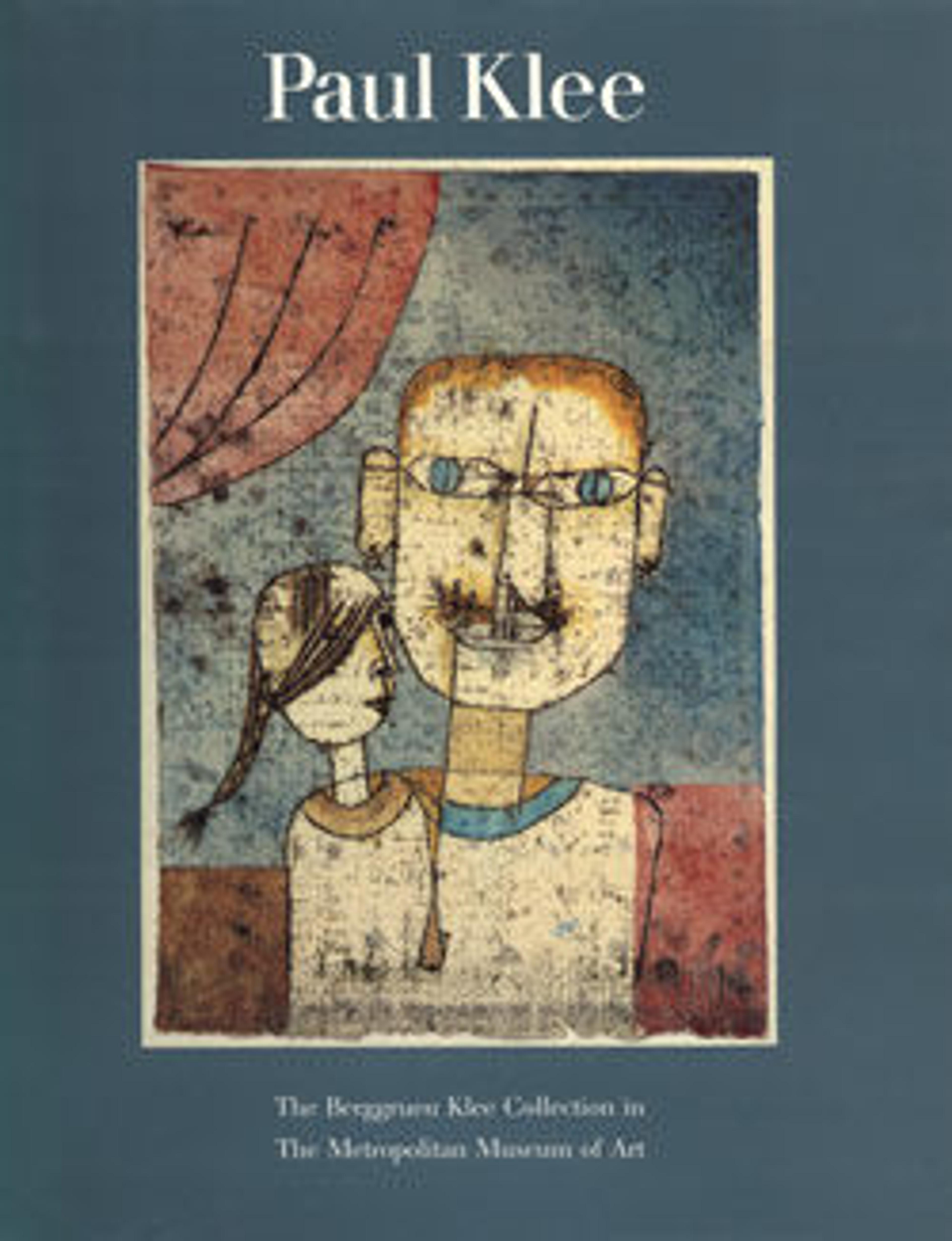Clarification
In October 1931, Klee began teaching at the Düsseldorf Academy. He felt much at ease in that city, his well-being reflected in his adaptation of a pointillistic, loose mosaic style. But Klee's merry "Pointillism" was different from the method of Georges Seurat and his followers, who broke down the imagery of their paintings into tiny dots of pure color. Klee's works, rather, seem "built up" with row upon row of blocklike units of color chosen without regard to optical laws. In Clarification, due to the very small size of the dots of color, the foreground turns into a transparent screen through which the background is visible. Klee divided the ground into large areas of buff and grays, over which he drew the brown geometric design and the green crescent. Then he covered the entire surface with thousands of tiny color dots in even horizontal rows.
Artwork Details
- Title:Clarification
- Artist:Paul Klee (German (born Switzerland), Münchenbuchsee 1879–1940 Muralto-Locarno)
- Date:1932
- Medium:Oil on canvas
- Dimensions:27 3/4 × 37 7/8 in. (70.5 × 96.2 cm)
- Classification:Paintings
- Credit Line:The Berggruen Klee Collection, 1984
- Object Number:1984.315.54
- Rights and Reproduction:© 2025 Artists Rights Society (ARS), New York
- Curatorial Department: Modern and Contemporary Art
More Artwork
Research Resources
The Met provides unparalleled resources for research and welcomes an international community of students and scholars. The Met's Open Access API is where creators and researchers can connect to the The Met collection. Open Access data and public domain images are available for unrestricted commercial and noncommercial use without permission or fee.
To request images under copyright and other restrictions, please use this Image Request form.
Feedback
We continue to research and examine historical and cultural context for objects in The Met collection. If you have comments or questions about this object record, please contact us using the form below. The Museum looks forward to receiving your comments.
